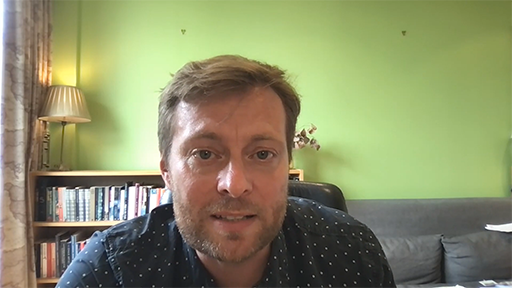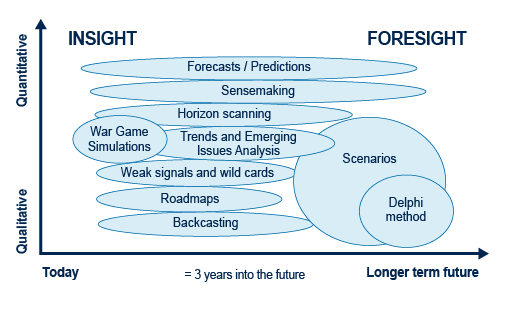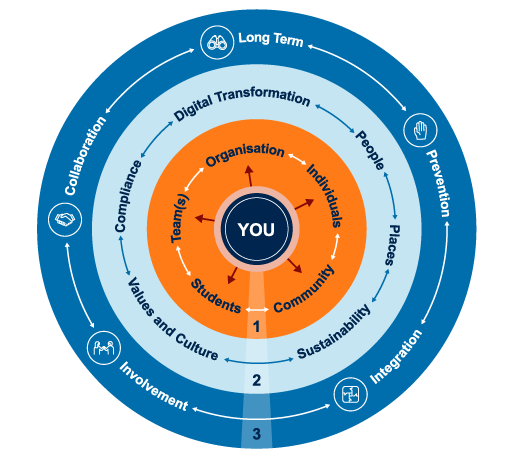1.3 Futures planning for the world today
In the last few years, all industry sectors including the higher education (HE) sector have had to react to unprecedented change and uncertainty, while being mindful of the impact on wellbeing of those within your organisation and wider community. The COVID-19 pandemic required us to adapt continually and rapidly, as restrictions and guidance changed between 2019 and 2022. The external environment is still uncertain, as economic, and social stability continue to fluctuate, and the cost of living rises.
How you lead your organisation and plan for business continuity and growth is critical to address your short-, medium-, and long-term needs, aims and objectives.
There are various approaches to foresight and futures planning, as shown in the figure below, and in this course, we only explore a few of these.
In the video below Dr Matt Finch (Associate Fellow, Saïd Business School) and Professor Rafael Ramírez (Professor of Practice, Saïd Business School, University of Oxford) provide an introduction to futures and scenario planning. As you watch think about your own understanding of this type of planning.

Transcript: Video 4 What is futures planning?
To assist you as you move through the course and consider your approach to futures planning, the ‘Hybrid ways of working: a contextual sustainability framework’ illustrated below, has been designed for this collection of courses. It highlights the key areas you may wish to think about developing for your organisation while managing the expectations, needs and wellbeing of your stakeholders.
The framework helps you to consider and understand your organisational context and needs through a different lens, while being mindful of your own wellbeing.
- You and your ways of working should take account of the key stakeholders within your environment and their needs in relation to organisational development.
- You need to understand organisational requirements, the context, connections, and requirements for key areas of focus, and how these relate to the needs of your stakeholders.
- You need to consider your ways of working for the wellbeing of future generations.
If you are unfamiliar with the term ‘lens’ this term is used to encapsulate looking at things from different perspectives, with an empathic approach. By placing yourself in different situations or by looking at things from someone else’s perspective – considering those points of view and repeating this for the different elements/stakeholders/areas involved – builds a more holistic and consolidated view of the needs, support available and possible questions and solutions that may evolve.


